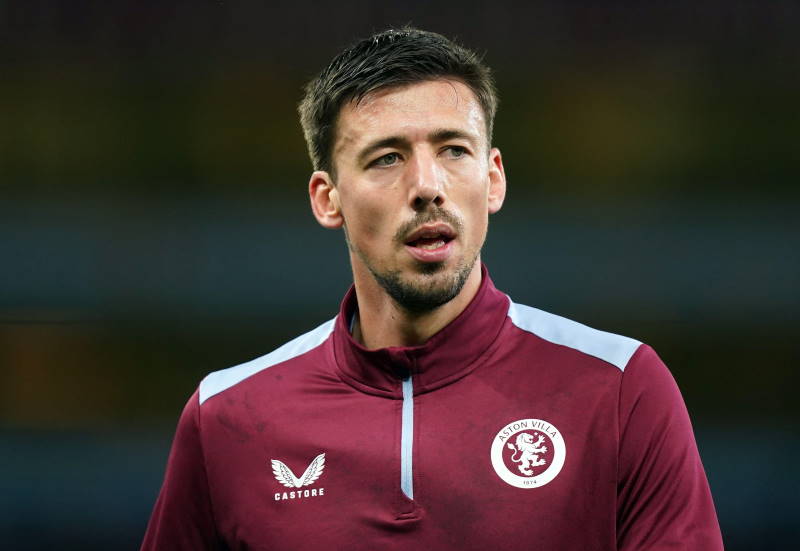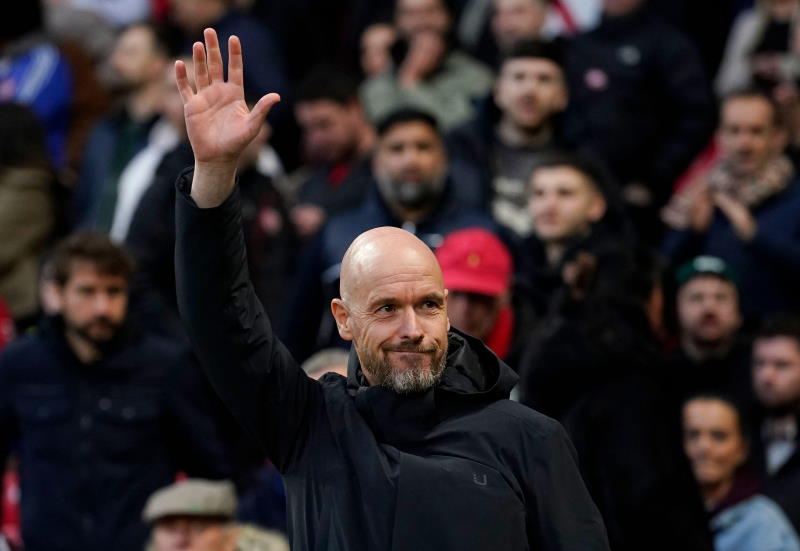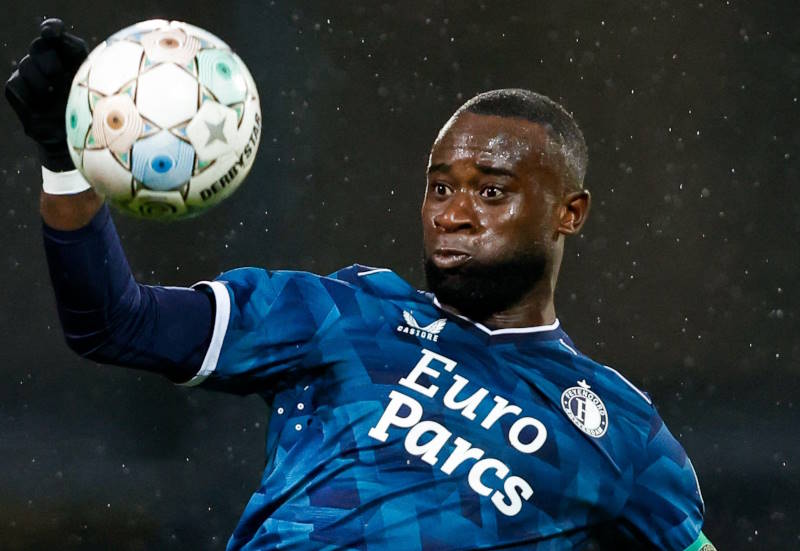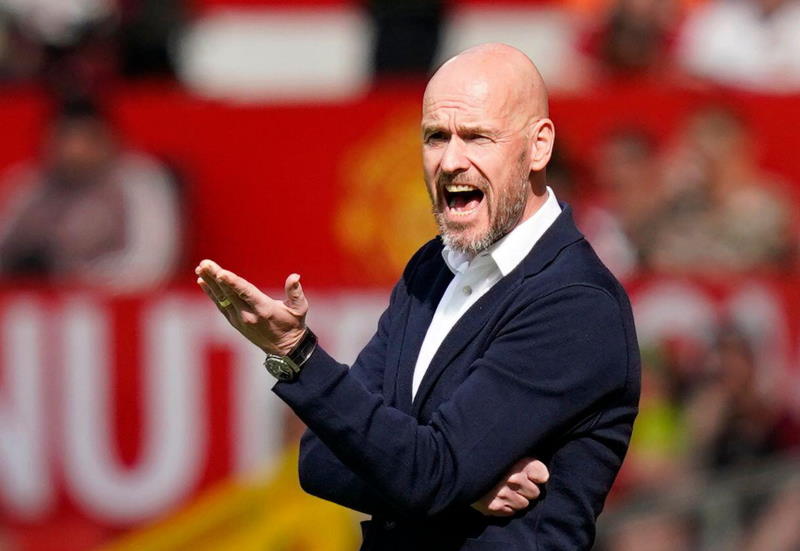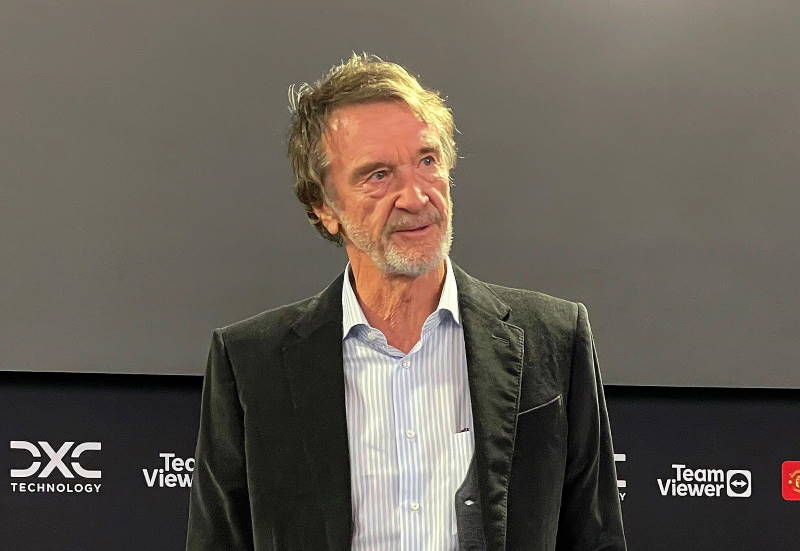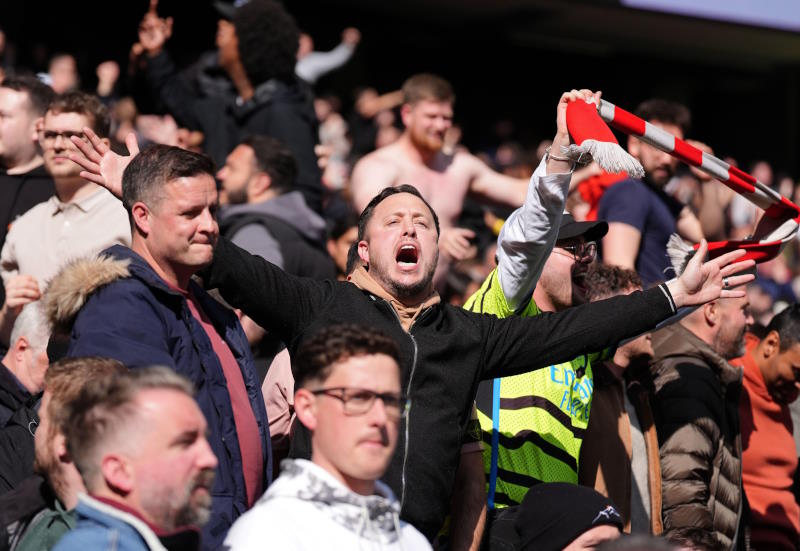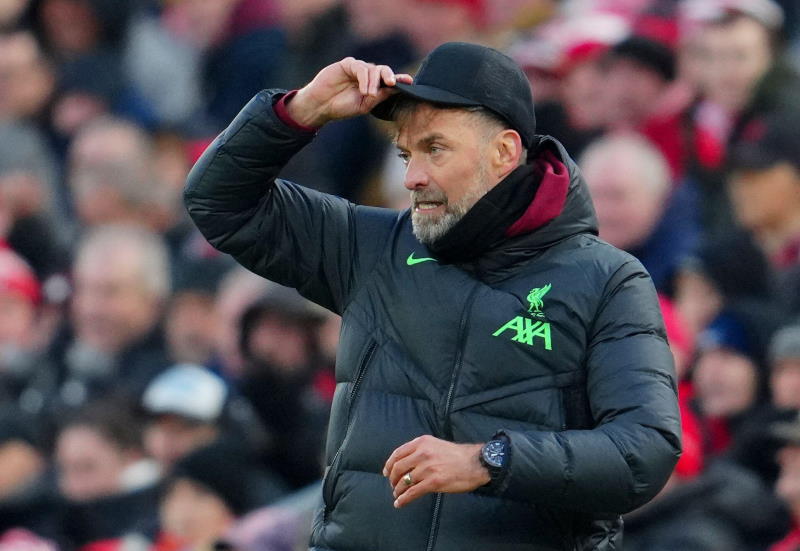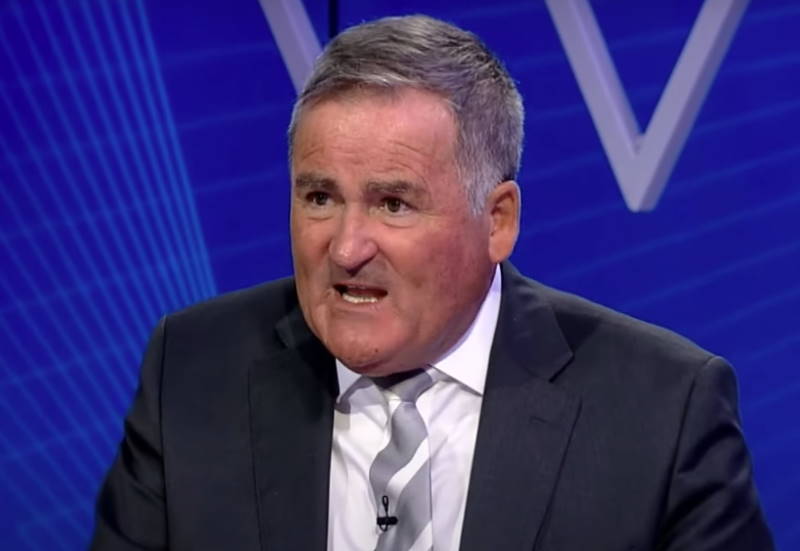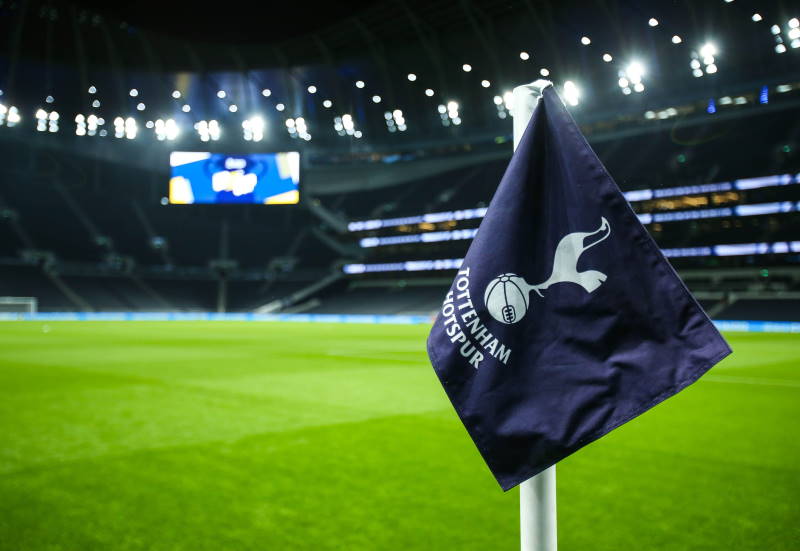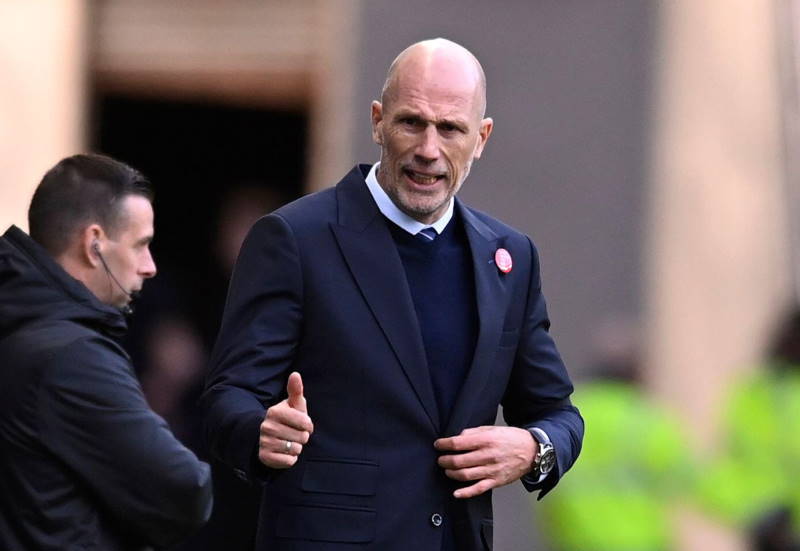
In the build up to the World Cup, the fact that Diego Maradona had called up 78 players during Argentina’s qualification for the tournament was widely used in journalistic circles as the primary evidence that he was ill-equipped to lead his nation to glory. In reality, his all-inclusive selection policy was just the tip of the iceberg. Wildly varying formations, poorly conceived substitutions and lax preparation saw the Albiceleste stumble haphazardly towards qualification. It was almost as if, robbed of his boots, Maradona was so desperate to have a discernible impact on proceedings that he considered any change better than no change at all.
But qualification is one thing; the World Cup itself is an entirely different ball game. The World Cup is where the high and lows of Maradona’s career were played out for the whole globe to see. It is where he made his name as the best player of his generation, perhaps of all time. And it is here, at the 2010 World Cup in South Africa, that he is finally beginning to look like a proper coach.
The man that Gonzalo Higuain this week described as a “born motivator” was always likely to thrive in the close working environment afforded to him by the tournament, and it is clear that he is held in very high regard by his players. The massive hug he gave Carlos Tevez after the Manchester City striker fired home the spectacular third goal in the last 16 clash with Mexico said it all. The players love Maradona and Maradona loves his players.
But while few would have questioned his ability to engender a strong group ethic, even fewer would have thought he had the necessary restraint to make only subtle alterations to his lineup, the patience to time his substitutions correctly or the foresight to plan ahead and highlight weaknesses in Argentina’s opponents. Those are traits that have only come to light since he and the squad touched down in South Africa.
Argentina have lined up in a 4-3-1-2 formation in each of their games so far, with small personnel changes used to alter the dynamics of the side. Against Nigeria, Juan Sebastian Veron played on the right of the diamond, tucking in to give space to Jonas Gutierrez – usually a wide midfielder – to bomb forward from right-back. This had the desired effect going forward, but Gutierrez’s lack of experience in the position was at times exposed when it came to defending. No problem. In Veron’s absence through injury, Maxi Rodriguez came into the side for the game with South Korea, playing a little wider to provide additional support to Gutierrez. He also provided greater dynamism in midfield against opponents of significant energy and determination.
Veron returned for the final group game against Greece, with Nicolas Otamendi getting his first start of the tournament at right-back in place of Gutierrez. Otamendi continued in that role against Mexico, his greater solidity coupled with the cover of the returning Rodriguez neutralising the potential threat of Andres Guardado and Carlos Salcido on Mexico’s left.
Well-timed substitutions have also proved key. At 2-1 against South Korea, Argentina’s opponents were beginning to come back into the game. Sergio Aguero was sent on for the tiring Carlos Tevez and suddenly the game swung back in their favour. Higuain made it 3-1 just a minute after Aguero’s introduction and completed his hat-trick four minutes later from an Aguero cross. Javier Pastore injected similar life into their final group game against Greece. In addition, Maradona has made sure to keep everyone involved in order to preserve the superb atmosphere in the camp. Sending on 36-year-old Martin Palermo to score the second against Greece was a masterstroke of both man and group management.
Perhaps most surprisingly, Argentina’s preparation has been highly competent, a far cry from the debacle of their 6-1 qualifying loss to Bolivia in the altitude of La Paz. The second goal against Mexico came after an error from the Mexican centre-back Ricardo Osorio, who had been hounded into a slip by Gonzalo Higuain. Later, the Real Madrid striker revealed that the squad had been shown videos of Mexico passing the ball around at the back and were specifically told to pressure the two centre-backs as it was felt that were liable to make mistakes.
So, up until now Maradona has done a good job of keeping himself in check in South Africa. However, the greatest test of his new found prudence will come in the quarter-final against Germany. Argentina’s 1-0 friendly victory over the Germans earlier this year provided Maradona with a template for success, but it deviates from the tactics he has used so far in the tournament. That night, Argentina lined up with a 4-4-1-1, with Messi playing just off Higuain. Reverting to that formation on Saturday would mean dropping one of the in-form Tevez and Higuain, a massive risk at this stage in the competition.
All his decisions thus far have been spot on, but with a place in the semi-final at stake, Maradona will be conscious of avoiding the fate that befell his predecessor Jose Pekerman against the same opposition four years ago. In that game, with Argentina leading 1-0, Pekerman elected to withdraw Juan Roman Riquelme with just under 20 minutes left to play. Argentina lost their way, Miroslav Klose equalised eight minutes later and Germany went on to win on penalties.
After the game Pekerman was widely derided for his decision, which was seen as the principal reason Argentina had failed to make it through to the semi-finals. Even now it is frequently raised in discussions about Argentina’s exit from that competition. Maradona will not want failure in this World Cup to boil down to a similarly incorrect decision on his part. He has done superbly thus far and as the old saying goes, ‘if it ain’t broke, don’t fix it’. He would be best advised to follow that advice to the letter.

